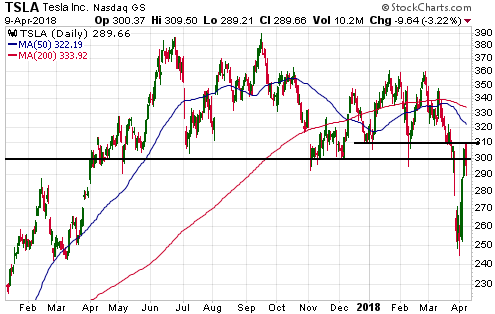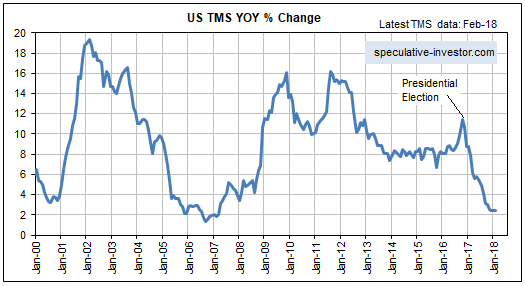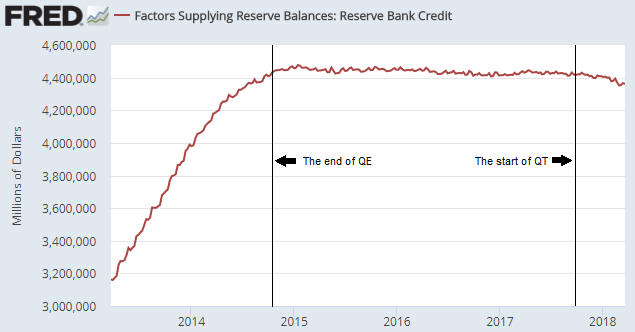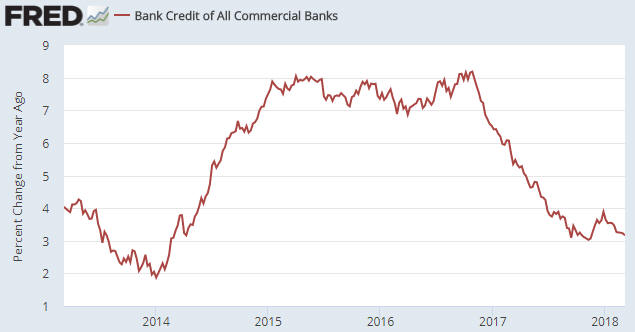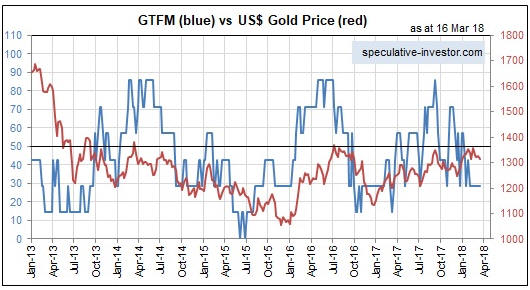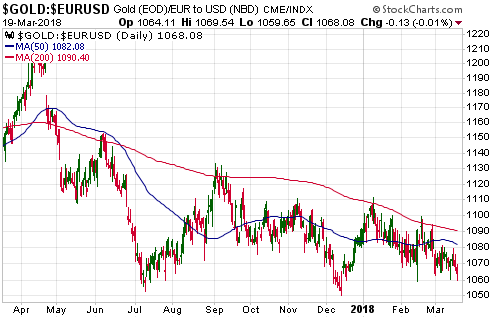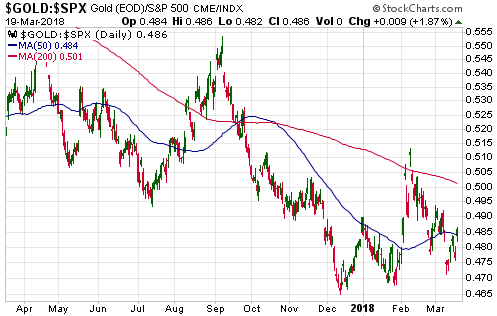Among the list of stock selection and trading ideas maintained at the TSI web site there was, until the week before last, a Tesla (TSLA) put option position. The position was exited — and a large profit recorded — after the stock’s recent plunge from well above $300 to the $250s. However, this stock could present multiple opportunities over the coming 12 months to profit on the dark (bearish) side as it makes its way along the path to zero. TSLA could become the short that keeps on giving.
In fact, the fast rebound from the 2nd April low in the mid-$240s to the 9th April high of $309.50 may have already created the next such opportunity. The reason is that the rebound appears to have ended near the top of the former major support at $300-$310, the implication being that the stock has completed a successful test of its breakdown.
The company is clearly in trouble. It is hemorrhaging cash and running out of money, it is suffering production problems, it has possibly engaged in fraudulent accounting and is under investigation, and it will soon be faced with much greater competition from companies that are far more adept at vehicle manufacturing. And yet, it still sports an extremely high market valuation.
TSLA bears will have to remain on guard, though, because Elon “the carnival barker” Musk is still capable of whipping up enthusiasm.
 Print This Post
Print This Post

